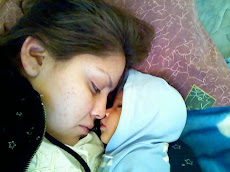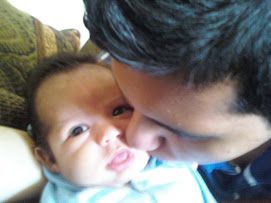
- Dia de Los Muertos is celebrated to pray and remember friends and relatives who have passed away. Also to welcome them back to their already passed life.
- Dia de Los Muertos is celebrated on November 1 and November 2. The festivities of Dia de Los Muertos begin one a week before the1st and the 2nd.
- The festivities are held in every city's market.
- The altars are set on tables wrapped with a tablecloth. Sugarcane is attached to foot of the table and it runs at the top of the table forming an arch. There are pictures of your loved ones, and sugar skulls.. There's lots of bread and Cempasuchil flowers(Flower of the dead), crosses, and candles.
- Comparsas are theatrical performances representing the return of the dead.
- On the day of the dead the living people go to cemeteries to visit their dead loved ones. They usually take food and drinks to share with the returned dead people.

- History Del Dia De Los Muertos:
500 years ago the Spanish landed in Mexico and caught natives practicing a ritual that seemed to be mocking the dead. The indigenous had practiced this ritual for 3,000 years. Day of the Dead was started by the indigenous peoples. The festival landed on the ninth month of the Aztec calender.
- Other Interesting facts:
- people cooked many different dishes such as mole negro, pan de muerto, pumpkin with black sugar, tejocotes, and many more.
- People belief that the dead arrive on earth tired and thirsty after their long pilgrimage so they pour a glass filled with water and other food offerings for them.
- People go to the cemeteries to communicate with the departed.


 In my opinion I vote YES! on Prop 5 because we should incarcerate TRUE criminals.
In my opinion I vote YES! on Prop 5 because we should incarcerate TRUE criminals.





